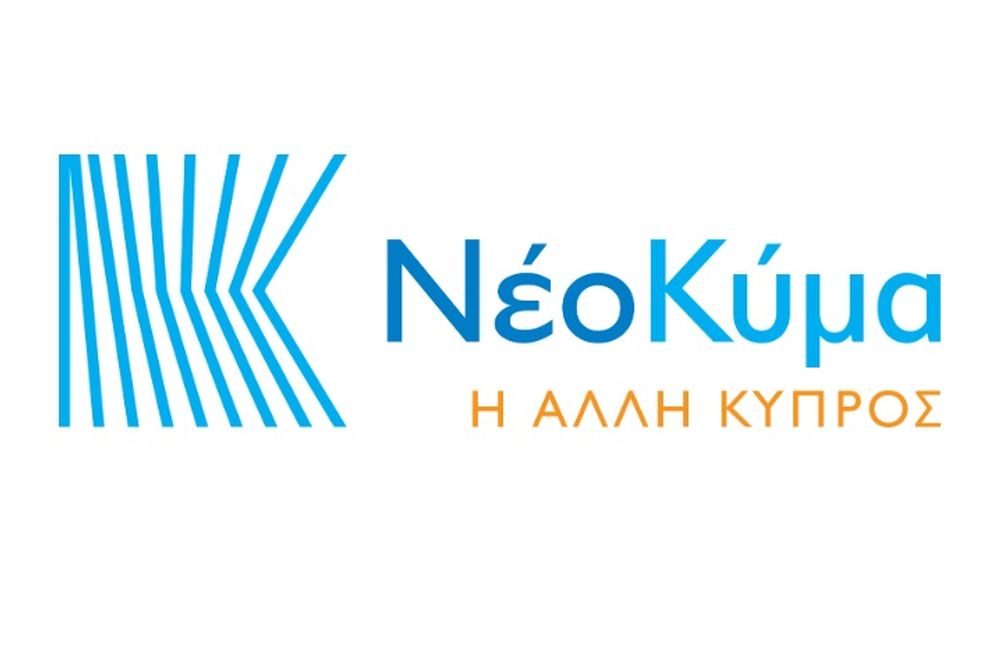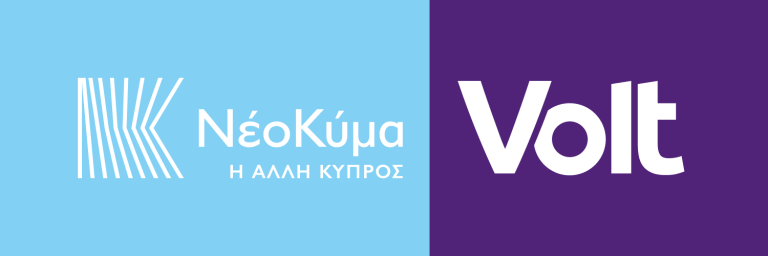
This article presents: a) A brief history of the evolution of innovation resilience and b) a new, non-linear model to discover and exploit valuable asymmetries, foster eco-innovation and unlock the true potential of the circular economy.
As we face the prospect of the sixth mass extinction, albeit caused by human activity this time, it is well to remember that extinctions can quickly escalate in unpredictable ways. We live in the age of the black swan – a world of turmoil, extreme uncertainty, randomness, complexity, chaos, disorder, fluidity, variability, asymmetries, interdependencies and explosive risks that can trigger cascading environmental crises.
Currently our world is just 9% circular. Circular economy strategies cannot be implemented successfully by using linear models and static tools. In order to design and apply circular economy policies and measures, tackle global grand challenges and build resilient growth, we need new, multidisciplinary approaches and dynamic, cross-cutting tools.
In the past half-billion years, Earth has been hit again and again by mass extinctions, wiping out most species on the planet. Of all the species that have ever lived, more than 99% are now extinct. Mass extinctions almost certainly result from catastrophic physical changes to the environment, with a speed that makes it difficult or impossible for animals to adapt and evolve to accommodate. Today, one million of the eight million species on the planet are at risk of being lost.
Life on Earth is embarking on its sixth greatest extinction. The natural process of extinction is amplified by humans, our expanding industrialized civilization. Habitat destruction and climate change from rising carbon dioxide levels has driven extinction rates to levels reminiscent of the mass extinctions of the ancient past. Human actions over the past 500 years have affected the extinction rates of vertebrates: mammals, fish, birds, reptiles and amphibians. If we can stop the biodiversity decline in the near future, we may yet escape mass extinction. But 100 or 1,000 years more of human-caused stress on the biosphere will likely tip us over the edge into oblivion.
Despite this chaos, life slowly diversified over the past 500m years. In fact, several things hint that extinction drives this increased diversity. For one, the most rapid periods of diversity increase occur immediately after mass extinctions. But perhaps more striking, recovery isn’t only driven by an increase in species numbers. In a recovery, animals innovate – finding new ways of making a living. They exploit new habitats, new foods, new means of locomotion. This pattern of recovery and diversification happened after every mass extinction. Life isn’t just resilient; it thrives on adversity.
This idea that extinction drives innovation may even apply to human history. The extinction of ice-age megafauna must have decimated hunter-gatherer bands, but it also may have given farming a chance to develop. The Black Death produced untold human suffering, but the shakeup of political and economic systems may have led to the Renaissance.
Today our planet is facing a deep systems crisis, rooted in a number of strongly interconnected global challenges such as climate change, biodiversity loss, pollution, widespread poverty, inequality and growing instability. The convergence of our environmental and health crises is the greatest existential threat facing humanity today.A ‘bat flapping its wings’ in China disrupted the global innovation ecosystem and revealed humanity’s vulnerability to systemic risks. Covid-19 has stayed way ahead of the innovation curve, causing the mass extinction of business models and overall risk management failure on a global scale.
The coronavirus pandemic has upended nearly every aspect of life, from the personal (how people live and work) to the professional (how companies interact with their customers, how customers choose and purchase products and services, how supply chains deliver them).
There is a window of opportunity to merge the circular economy with Covid-19 response resilience, decarbonization, and a sustainable growth trajectory. The circular economy is based on the principles of designing out waste and pollution, keeping products and materials in use, and regenerating natural systems. More sustainable, social and green private R&I investments should not decline in recessionary contexts.
The exponential rate of habitat destruction cannot be reversed with linear models and methods. In non-linear environments, incremental innovations and small, gradual improvements are not enough. We need a new, non-linear model to discover and exploit valuable asymmetries, foster eco-innovation and unlock the true potential of the circular economy.
Miller introduced a three-step model that exemplifies how firms convert asymmetries into resources enabling them to benefit from competitive advantage. Building capabilities out of asymmetries involves that the firm is capable of doing three things well:
1. Discover the asymmetries and discern the potential between them.
2. Turn asymmetries into capabilities by strategically embedding them within an organizational design configuration that exploits them and sustains their development.
3. Match asymmetry-derived capabilities to market opportunities.
The identification and selection of valuable asymmetries require both internally and externally oriented processes, including experimentation, incremental learning, organizational introspection, reflective inquiry and search for weaknesses, and bootstrapping on emerging capabilities. Within this framework, firms build their competitive advantage not on resources and capabilities as the resource-based view suggests but on asymmetries in skills, processes and a variety of tangible and intangible assets (including cultural values) which their competitors cannot copy and/or absorb at a cost that afford economic rents.
Economists talk about creative destruction, the idea that creating a new order means destroying the old one. But evolution suggests there’s another kind of creative destruction, where the destruction of the old system creates a vacuum and actually drives the creation of something new and often better. When things are at their worst is precisely when the opportunity is the greatest.
Nature is declining globally at rates unprecedented in human history – the rate of species extinctions is accelerating. Innovation failed to adopt and evolve.
The new, dynamic Innovation Model I have developed follows a holistic, multi-domain, polyparametric approach that can help:
1. Organizations discover and exploit valuable asymmetries in order to generate transformative, disruptive innovations and achieve exponential multiplicative results and benefits.
2. Accelerate green transition by: a) Creating greater resilience by design, not by disaster and b) maximizing the impact of resilience-enhancing investments at all levels of government – European Green Deal, Horizon Europe, the future Recovery Fund, national R&I funds etc.
3. Countries achieve the UN Sustainable Development Goals.
Furthermore, this powerful strategic tool can: a) Guide businesses to innovate with real-time information by leveraging Artificial Intelligence, the potential of the Internet of Things and Big Data Analytics to find statistical regularities, uncover and analyze more patterns, extract practical, actionable, value-creating insights, discover valuable asymmetries, evaluate a variety of scenarios, create multiple options and select the optimal innovation strategy and b) accelerate speed to market, allowing businesses to stay ahead of the innovation curve and expand internationally (saturate the market before the competitors catch up and establish themselves).
The pioneering model outlined above: a) Embeds Antifragility property –a concept developed by Nassim Taleb– in the innovation process and b) uses the unlimited resources of randomness, uncertainty, variability, fluidity, disorder, stressors, chaos and time as raw material for the production of circular innovations.
This flexible, cross-cutting tool can be applied in all domains and at all levels, scales and sizes: Public Sector, Smart Communities, Businesses (startups and large corporations), Banks, Fintech and Regtech, Quality Management, Standardization, Digital Transformation, Green Economy, Blue Economy, Creative Industries, Social Innovation and Social Entrepreneurship, Tourist Industry, Health products and services, Education, Economic Diplomacy, National Security System etc.
The new Innovation Model –theory and applications– is presented analytically in a 200-page Guide I have prepared.
*Nicos G. Sykas
Strategy, Communications & Innovation Consultant


